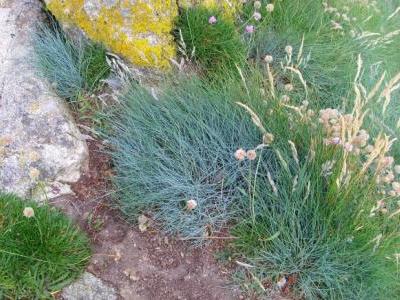

This stimulates new growth that can be easily damaged by early frosts.įertilizers are available in many forms: granulated, slow-release, liquid feeds, organic or synthetic. Avoid applying fertilizer late in the growing season. Established plants should be fed in early spring, then again halfway through the growing season. Incorporate fertilizer into the soil when preparing beds for new plants. If the first 2-4” (5-10cm) of soil is dry, it is time to water. To check for soil moisture, use your finger or a small trowel to dig in and examine the soil. Deep watering encourages roots to grow further into the ground resulting in a sturdier plant with more drought tolerance. Thoroughly soaking the ground up to 8” (20 cm) every few days is better than watering a little bit daily. Moist foliage encourages disease and mold that can weaken or damage plants. If the garden area is large, and a sprinkler is necessary, try to water in the morning so that plant foliage has time to dry through the day. Hand watering using a watering wand with a sprinkler head attached is also a good way to control watering. A soaker hose is a great investment for keeping plants healthy and reducing water lost through evaporation. Ideally water should only be applied to the root zone - an area roughly 6-12” (15-30cm) from the base of the plant, not the entire plant. Refer to the plant label to check a plant’s specific requirements. Some plants prefer staying on the dry side, others, like to be consistently moist. Clay soils hold moisture longer than sandy soils, so expect to water more frequently in sandy settings.ĭifferent plants have different water needs. After that, depending on the weather and soil type, watering may be adjusted to every two or three days. New plantings should be watered daily for a couple of weeks. Vining plants require vertical space to grow, so provide a trellis, fence, wall or other structure that allows the plant to grow freely and spread.įinish up with a 2” (5cm) layer of mulch such as shredded bark or compost to make the garden look tidy, reduce weeds, and retain soil moisture.
#Festuca glauca beyond blue install#
It’s best to install cages early in the spring, or at planting time, before the foliage gets bushy. Plan ahead, for plants that get tall and require staking or support cages. New plantings should be watered daily for a couple of weeks to get them well established. The soil covering the planting hole should be even with the surrounding soil, or up to one inch higher than the top of the root ball. Firm the soil down around the plant by hand, tamping with the flat side of a small trowel, or even by pressing down on the soil by foot. Push the soil gently around the roots filling in empty space around the root ball. This is especially important if the roots are dense and have filled up the container. Grasping the plant at the top of the root ball, use your finger to lightly rake the roots apart. Rotate the container and continue to tap, loosening the soil until the plant pulls smoothly from the pot.ĭig the hole up to two times larger than the root ball and deep enough that the plant will be at the same level in the ground as the soil level in the container. To remove the plant from the container, gently brace the base of the plant, tip it sideways and tap the outside of the pot to loosen. Position plants so that taller plants are in the center or background of the landscape design and shorter plants in the foreground. Give plants an extra boost by adding a granulated starter fertilizer or all-purpose feed that encourages blooming (for example fertilizers labeled 5-10-5).Ĭheck the plant label for suggested spacing and the mature height of the plant. Organic ingredients improve drainage, add nutrients, and encourage earthworms and other organisms that help keep soil healthy. Add organic matter such as manure, peat moss or garden compost until the soil is loose and easy to work.


Prepare the garden by breaking up the existing soil (use a hoe, spade, or power tiller) to a depth of 12-16” (30-40cm). Perennials can be planted anytime from spring through fall.


 0 kommentar(er)
0 kommentar(er)
